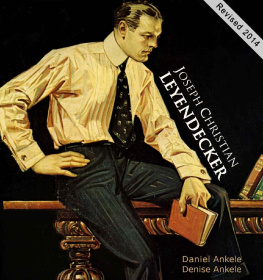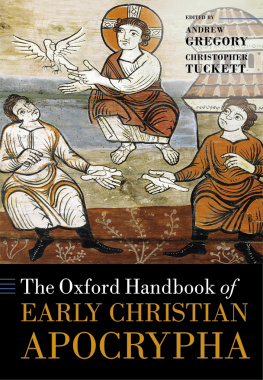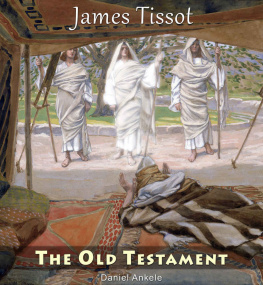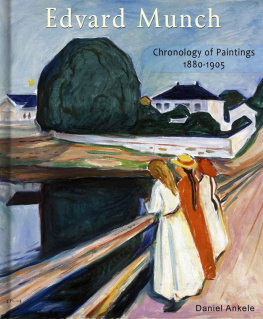Denise Ankele - Joseph Christian Leyendecker: 225 Golden Age Illustrations
Here you can read online Denise Ankele - Joseph Christian Leyendecker: 225 Golden Age Illustrations full text of the book (entire story) in english for free. Download pdf and epub, get meaning, cover and reviews about this ebook. year: 2014, publisher: Ankele Publishing, LLC, genre: Art / Computer. Description of the work, (preface) as well as reviews are available. Best literature library LitArk.com created for fans of good reading and offers a wide selection of genres:
Romance novel
Science fiction
Adventure
Detective
Science
History
Home and family
Prose
Art
Politics
Computer
Non-fiction
Religion
Business
Children
Humor
Choose a favorite category and find really read worthwhile books. Enjoy immersion in the world of imagination, feel the emotions of the characters or learn something new for yourself, make an fascinating discovery.
- Book:Joseph Christian Leyendecker: 225 Golden Age Illustrations
- Author:
- Publisher:Ankele Publishing, LLC
- Genre:
- Year:2014
- Rating:4 / 5
- Favourites:Add to favourites
- Your mark:
- 80
- 1
- 2
- 3
- 4
- 5
Joseph Christian Leyendecker: 225 Golden Age Illustrations: summary, description and annotation
We offer to read an annotation, description, summary or preface (depends on what the author of the book "Joseph Christian Leyendecker: 225 Golden Age Illustrations" wrote himself). If you haven't found the necessary information about the book — write in the comments, we will try to find it.
Denise Ankele: author's other books
Who wrote Joseph Christian Leyendecker: 225 Golden Age Illustrations? Find out the surname, the name of the author of the book and a list of all author's works by series.
Joseph Christian Leyendecker: 225 Golden Age Illustrations — read online for free the complete book (whole text) full work
Below is the text of the book, divided by pages. System saving the place of the last page read, allows you to conveniently read the book "Joseph Christian Leyendecker: 225 Golden Age Illustrations" online for free, without having to search again every time where you left off. Put a bookmark, and you can go to the page where you finished reading at any time.
Font size:
Interval:
Bookmark:
Joseph Christian Leyendecker By Daniel Ankele Denise Ankele Copyright 2014 Ankele Publishing, LLC ArtistLight.com All Rights Reserved Biography by
Zanne Dailey Joseph Christian J.C. Leyendecker, (known to his friends and family as Joe), was born in Montbour, Germany, on March 23, 1874. He was the first of three children of Dutch parents, Peter and Elizabeth Leyendecker. His brother, Frances Xavier, also an illustrator, was born three years later. In 1882 the family moved to America, where his sister Augusta was born. The family settled in Chicago, where they joined J.C.s mothers uncle in his successful brewery.
J.C.s talent was evident even at eight years old, as he enthusiastically drew and painted. No blank surface was safe; he drew on oilcloth from his mothers kitchen and in his schoolbooks. His family was supportive of his art, and saved what they could from their modest income toward a formal artistic education. But this wasnt enough, and so at sixteen he found an apprenticeship with J. Manz and Co. Engraving House of Chicago.
At first this was work without pay, but it did give him a chance to begin to learn, between his errands and other tasks, the art business. He spent any free time he could with the artists, carefully observing and drawing. After six months, his employers were impressed enough to offer him his own desk in the artist room, for a salary of two dollars a week. With this income, he was able to enroll at the Chicago Art Institute with John H. Vanderpoel, with whom he studied for the next five years. Vanderpoels The Human Figure is a book still considered today one of the most significant books on life drawing.
It was during his five-year study with Vanderpoel that Leyendecker developed and refined his precise style undergirded with the classic fundamentals of drawing and composition. Working as a full-time illustrator while going to school at such an early age was certainly unusual. At age nineteen he began work on a series of some sixty illustrations for a new edition of the Bible, scheduled for publication the following year, an amazing and extensive accomplishment for one so young. He then entered and won a poster contest for the magazine The Century , with his painting being used as the cover illustration for the publications Midsummer Holiday Issue. With the money he had earned from these accomplishments, he was able to move to Paris to enroll, along with his brother, in the Acadmie Julian. In their year-long study there, they were exposed to the Post-Impressionist work of Toulouse-Lautrec as well as to leaders of the Art Nouveau movement.
Upon returning to America by way of Hyde Park, Illinois in 1899, the brothers took an apartment and opened a studio. That same year J.C. received his first commission for a Saturday Evening Post cover. This was the start of a forty-four year-long relationship with what was arguably the most popular magazine in the country. Leyendecker would ultimately produce over 300 covers for the publication, and introduced many iconic images into American culture, such as the New Years Baby (who originally appeared as a girl), and the jolly, round, red-coated Santa Claus. His Mothers Day cover of May 30, 1914, in recognition of the creation of the holiday, started the tradition of a gift of flowers.
He was also an influence on and mentor of Norman Rockwell. Leyendeckers last cover for the Post would be another New Years Baby on January 2, 1943. In 1900, J.C. moved to New York City with both his brother and his sister. During the next decade both men began accepting commissions for advertising work, which many other artists of the day disdained. to Jay Gatsby in his love for luxury) and advertising commissions helped make this possible. to Jay Gatsby in his love for luxury) and advertising commissions helped make this possible.
J.C.s most important commission was when he was tapped to create a series for the Arrow Shirt Collar company. His Arrow Collar Man designs, as well as later work for Interwoven Socks and the Kuppenheimer Suit company, were so popular that they came to define what America saw as the quintessential fashionable man. The fictional Arrow Collar Man was so popular that he was constantly being sent fan letters, and this admiration was also reflected in popular music of the time. Irving Berlin wrote in Puttin on the Ritz about the Well to do with their ...high hats and Arrow collars... and Cole Porter wrote Youre an Arrow collar! in the Youre the Top! These indicate the distinction and renown Leyendeckers images had created. Another significant commission came for Leyendecker when he created a series of twenty images for Kellogg's Corn Flakes Cereal--the Kellogg's Kids.
He also painted a number of recruitment posters for the US Military during World War I. His model for many of the Arrow Collar Man spots, Charles Beach, became his business associate and sometime manager. This freed Leyendecker to concentrate on his artwork--and his parties. He, his brother, sister, and business manager had moved into a large house in New Rochelle, NY, in 1914, which was well-suited to large social gatherings. The next decade was the pinnacle of his career, and as he was seen as one of the preeminent artists of the day, he often hosted huge galas attended by notables from all walks of life. In contrast to his success, both socially and artistically, through the 1920s, by the 1930s his career was starting a downward slide.
The collar industry was waning as most shirts now were sold with collars attached, and the Saturday Evening Post editor who had been his champion retired; his successive replacements rarely commissioning covers from Leyendecker. His brother Frank had died due to drug and alcohol abuse, and J.C. became more and more reclusive, seeing few people other than his sister, Charles Beach, and Norman Rockwell, with whom he had developed and maintained a strong friendship. He did still receive a few commissions into the 1940s, most notably from the US War Department, for which he created posters to sell war bonds for World War II. He died at home on July 25, 1951, of a blocked coronary artery. 4th of July, 1913, Oil on canvas, 30 x 22 in, Private Collection 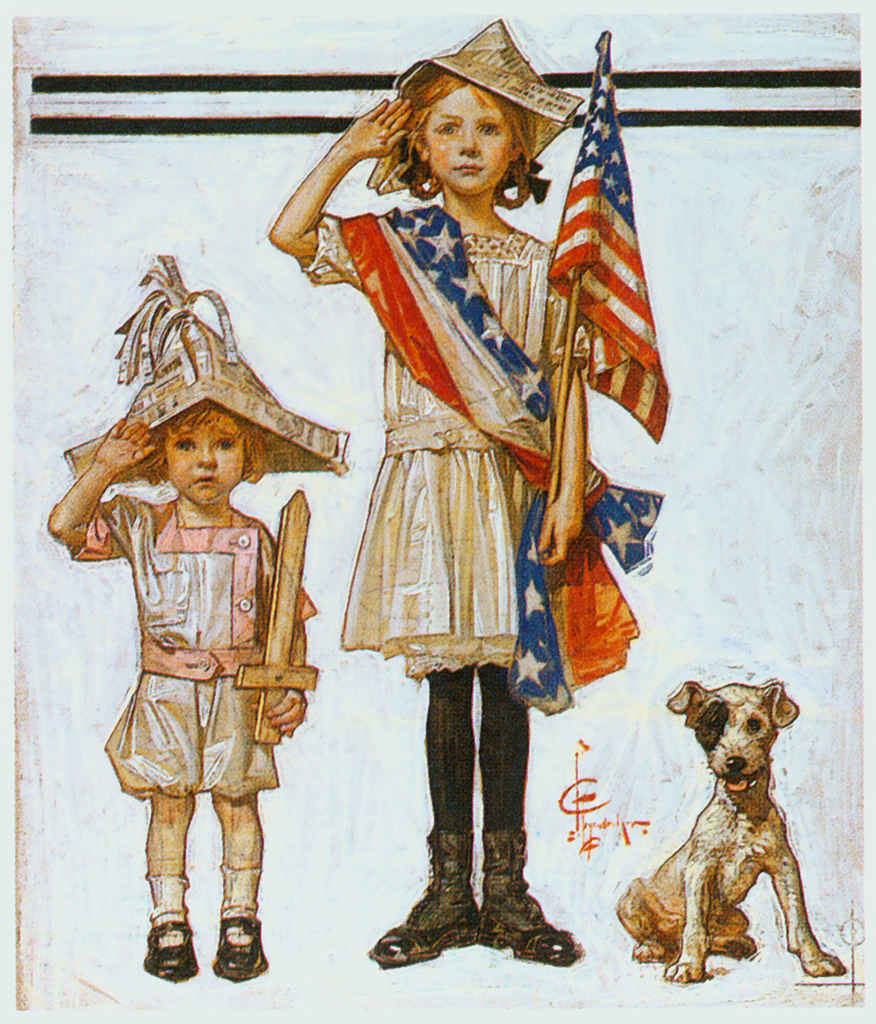 A Dainty Breakfast, 1909, Oil on canvas, 30 x 22 in, Private Collection
A Dainty Breakfast, 1909, Oil on canvas, 30 x 22 in, Private Collection 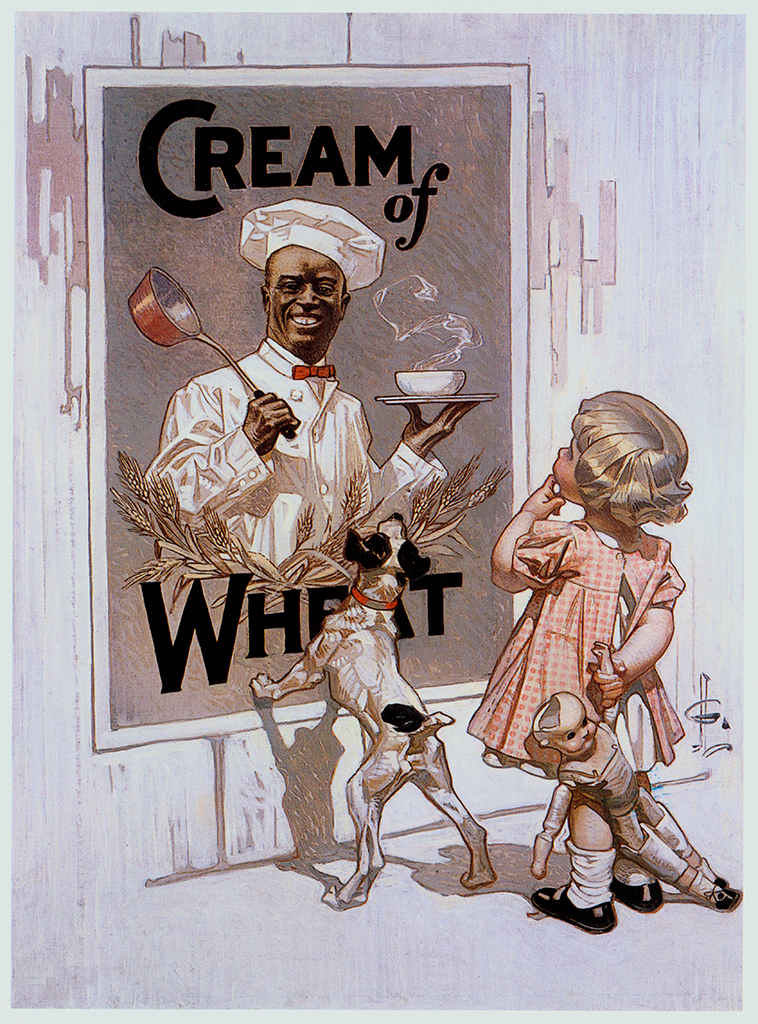 A Song of Faith, 1, Frontispiece, Delineator Magazine, Dec 1905
A Song of Faith, 1, Frontispiece, Delineator Magazine, Dec 1905  A Song of Faith, 2, Back Piece, Delineator Magazine, Dec 1905
A Song of Faith, 2, Back Piece, Delineator Magazine, Dec 1905  A Song of Faith, 3, Delineator Magazine, Dec 1905
A Song of Faith, 3, Delineator Magazine, Dec 1905  A Song of Faith, 4, Delineator Magazine, Dec 1905
A Song of Faith, 4, Delineator Magazine, Dec 1905  A Song of Faith, 5, Delineator Magazine, Dec 1905
A Song of Faith, 5, Delineator Magazine, Dec 1905  A Song of Faith, 6, Delineator Magazine, Dec 1905
A Song of Faith, 6, Delineator Magazine, Dec 1905  A Song of Faith, 7, Delineator Magazine, Dec 1905
A Song of Faith, 7, Delineator Magazine, Dec 1905 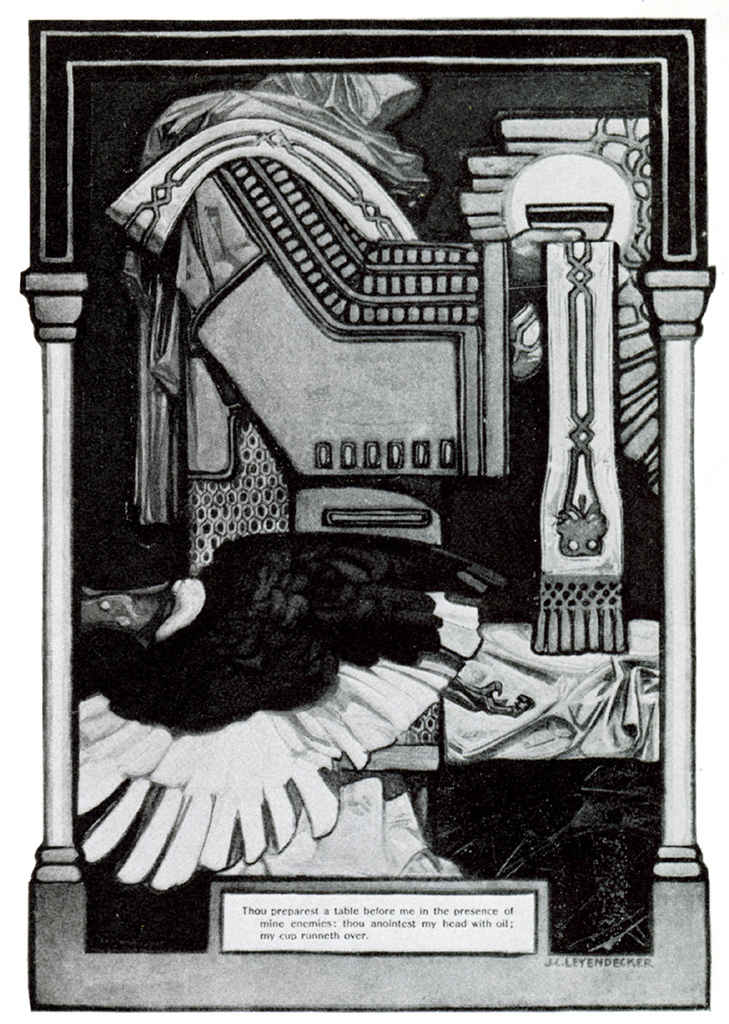
Font size:
Interval:
Bookmark:
Similar books «Joseph Christian Leyendecker: 225 Golden Age Illustrations»
Look at similar books to Joseph Christian Leyendecker: 225 Golden Age Illustrations. We have selected literature similar in name and meaning in the hope of providing readers with more options to find new, interesting, not yet read works.
Discussion, reviews of the book Joseph Christian Leyendecker: 225 Golden Age Illustrations and just readers' own opinions. Leave your comments, write what you think about the work, its meaning or the main characters. Specify what exactly you liked and what you didn't like, and why you think so.

